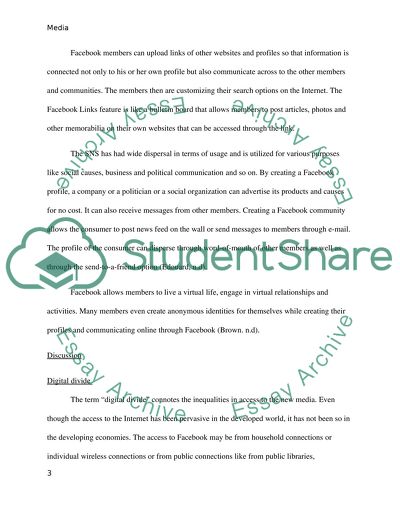Cite this document
(“Facebook as a New Media Essay Example | Topics and Well Written Essays - 2000 words”, n.d.)
Facebook as a New Media Essay Example | Topics and Well Written Essays - 2000 words. Retrieved from https://studentshare.org/technology/1513721-facebook-as-new-media
Facebook as a New Media Essay Example | Topics and Well Written Essays - 2000 words. Retrieved from https://studentshare.org/technology/1513721-facebook-as-new-media
(Facebook As a New Media Essay Example | Topics and Well Written Essays - 2000 Words)
Facebook As a New Media Essay Example | Topics and Well Written Essays - 2000 Words. https://studentshare.org/technology/1513721-facebook-as-new-media.
Facebook As a New Media Essay Example | Topics and Well Written Essays - 2000 Words. https://studentshare.org/technology/1513721-facebook-as-new-media.
“Facebook As a New Media Essay Example | Topics and Well Written Essays - 2000 Words”, n.d. https://studentshare.org/technology/1513721-facebook-as-new-media.


